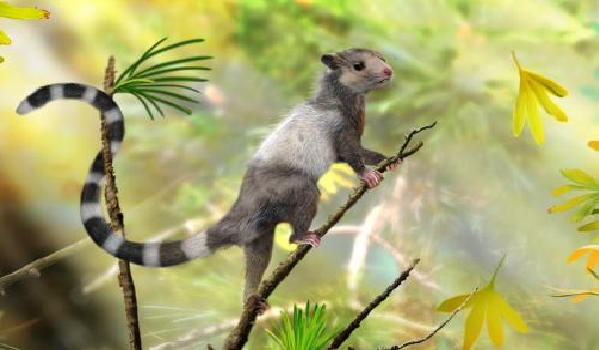Chinese and American Paleontologists found three extinct squirrel-like species named Shenshou Lui, Xianshou Linglong and Xianshou Songae that lived in China 160 million years ago.
Researchers put them into a new group called Euharamiyida, small squirrel like creatures that weighed between 1 to 10 ounces.
Jin Meng on of the researchers said that they had tails and feet that can hold branches and climb trees but can't be used for running on the ground.
They were good climbers and probably spent a lot of time in the trees, Meng added.
Euharamiyida use their teeth that have cusps and raised points on its crown to eat insects, nuts and fruits.
According to researchers, the species had two parallel rows of cusps on each molar, which is different from the three cusps that the mammals' common ancestor had.
Despite this, researchers said that the physical characteristics of the Euharamiyida are mammalian.
They said that they have a middle ear that can be found in mammals. Even though, the fossil's middle ears of the mammals have three bones which make them unique.
Their findings also showed another thing that mammals appeared during the late Triassic period, which is different from the initial findings that they came from the middle of the Jurassic period.
Meng said that the species showed that these animals are mammals which turn back the clock for the mammal's divergence.
The findings were backed by the American Museum of Natural History and Chinese Academy of Science, which was published in Nature.



























